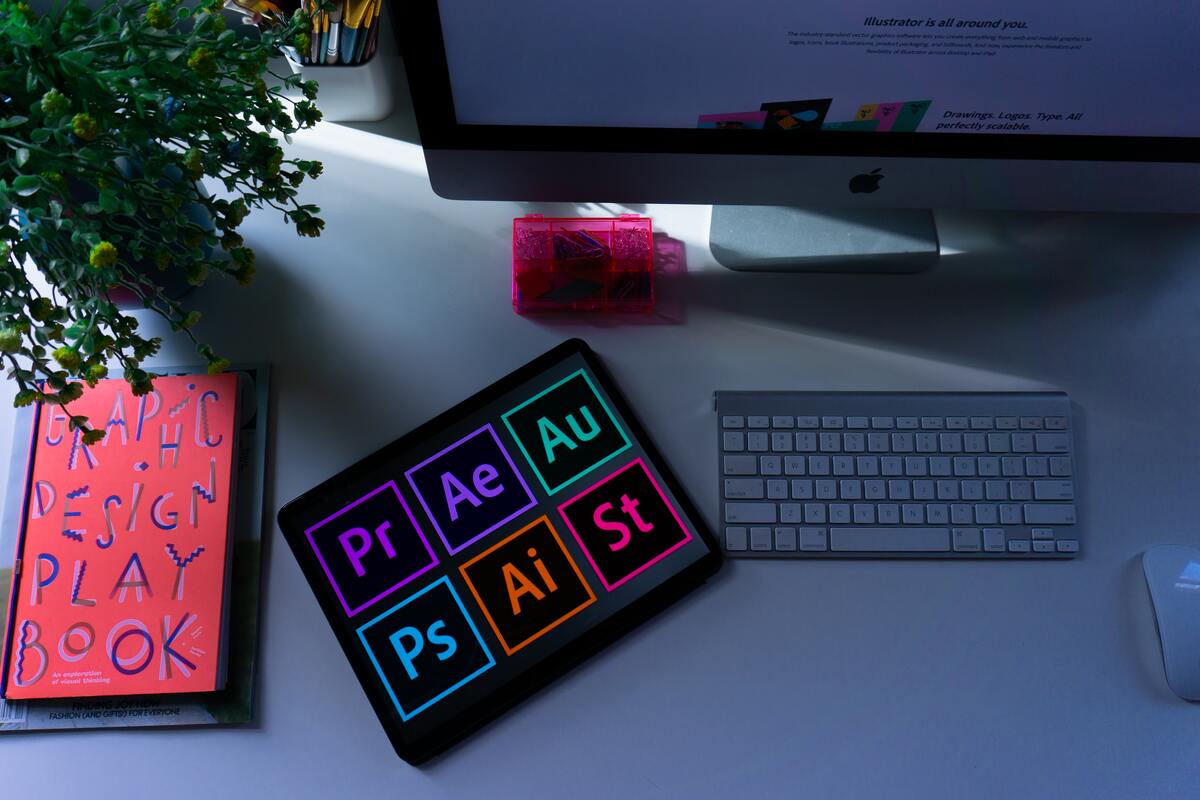The conceptualization and projection of concepts and experiences using visual and textual material are known as graphic design.
The graphic design incorporates textual and visual components into a variety of mediums. Connecting with the consumer is made easier for the producer. The initiative, event, campaign, or product’s message is communicated through it.
Visual communication that blends creativity and purpose is known as graphic design. These images might be as straightforward as a company logo or as intricate as website page designs.
Graphic designers use their artistic skills and command of software to express a message or provoke a desired emotion using visual components like text, images, symbols, and colors.
Hiring a competent graphic designer is necessary for businesses that want to leave a lasting impression on the world and expand their customer base.
This tutorial will teach you how to distinguish between good and terrible graphic design, how it may help your business, and—most importantly—how to select the ideal graphic designer for your project.
What Equipment Do Graphic Designers Utilize?
Most graphic designers work with the software tools included in the Adobe Creative Suite.
Photoshop and Illustrator are the two primary programs used by graphic artists. The creative effort of the graphics designer is lacking without these two resources.
They might also utilize After Effects, a program for creating visual effects and motion graphics, and Sketch. This vector-based digital design tool is great for building websites and mobile applications.
Vector graphics may be scaled up to any size without losing clarity, and they maintain their quality when used on retina devices or high-resolution screens.
The majority of graphic designers choose their job because they are talented artists.
So, in addition to their digital arsenal, they often use pens and paper to jot down ideas and create rough sketches of icons or images. The life of the skilled designer is also made easier by a tablet and stylus.
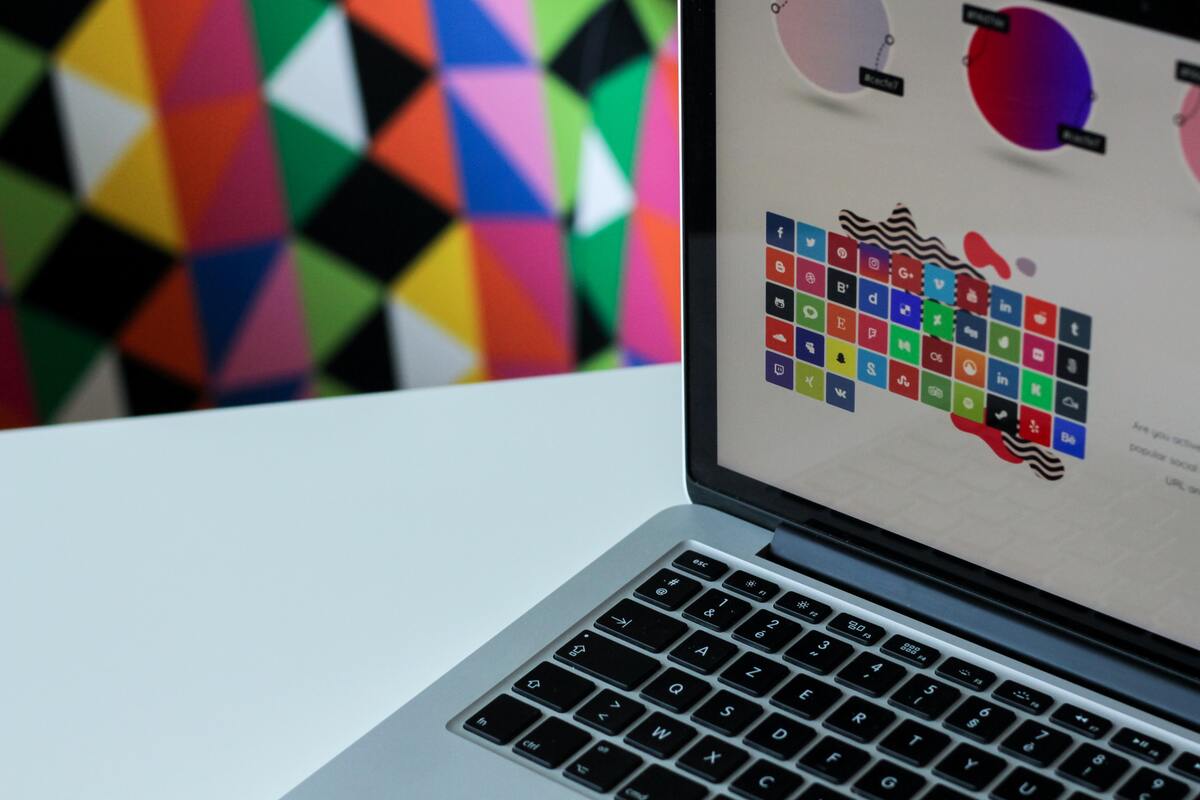
What Basic Elements And Principles Apply To Graphic Design?
Although the digital age is here, tried-and-true visual design concepts still hold.
Some of these principles include:
- Simplicity
- Proximity
- Continuity
- Symmetry
Let’s examine the essential ideas that successful graphic designers apply to all of their works:
Color:
Understanding color theory is essential to influence how viewers feel about any design.
The colors must complement the brand and other design aspects and function to evoke the intended reaction.
Bright colors, such as yellow, evoke happiness, while darker colors are more serious or formal.
If more than one hue is chosen, they must complement one another well. Unsettling color combinations produce poorer results.
Typography:
The phrases appearing in the design are normally provided to the designer, although they are free to choose how they will be displayed.
Sans-serif typefaces, for instance, can be used to go with a cheery, exciting design. Serif typefaces are frequently utilized in designs with a more somber tone. In the case of unique logos, designers can even change the individual letters within a word to add emotion and style.
Letters and words come in various sizes and weights to get the desired effect (bold, light, and medium).
Lines And Shapes:
A line is more than just a line to a graphic designer. Every design uses lines to separate a space, connect two points, or draw the viewer’s attention by guiding it from one area of the design to another.
They can be dotted, heavy, scarcely there, curved, horizontal, or vertical. A design with lines might come together successfully.
Whether triangles, squares, or circles, forms are only lines bent into specific shapes. A design frequently incorporates at least one shape to offer symmetry and interest.
Symmetry And Balance:
People enjoy symmetry. It is aesthetically attractive to us. Everything in nature is symmetrical, from a butterfly’s wings to a tree’s leaves. Symmetry in graphic design produces harmony, balance, and order.
It facilitates our ability to quickly and efficiently process visual information while also making it enjoyable.
A design can be made symmetrical by spinning it around a central point or by mirroring it along a horizontal or vertical axis, as in the case of butterfly wings.
To help them achieve balance and flow, graphic designers also use the rule of thirds, the Golden Ratio (found in nature), and other principles.
Asymmetry in a design need not always be undesirable. Nevertheless, it is utilized to draw emphasis to a certain element or term, to emphasize the presence of disorder, or to catch the interest of a bystander.
Contrast And Harmony:
A sense of harmony in a design indicates that all elements have come together in a gratifying and aesthetically pleasing way, much to how symmetry and balance appeal to our need for order.
While achieving harmony in design is a worthwhile goal, seasoned designers know that too much harmony is rarely beneficial and can even be monotonous. One way to make a design more complex for the observer is to provide a contrasting feature that jumps out for its color, form, or placement.
And hold their interest longer than a “see it, forget it” design ever could. Contrast should be used sparingly and clearly, just like asymmetry.
Negative space:
Not only does graphic design focus on what is included, but it also considers what is excluded.
Negative space, commonly referred to as space or white space, allows design elements to breathe, encourages the eye to be pulled to a specific piece, and can facilitate reading.
A design with insufficient negative space might become so overwhelming and congested that the spectator loses their bearings or, worse yet, becomes turned off by it.
Texture And Scale:
An untextured color is considerably different from a plain color. Consider the feel of velvet, concrete, or water drops.
Textures can enhance a design’s dimension, interest, and beauty when used carefully.
When employed on a wider scale, texture or pattern can be a subtly dominant background element.
Scale can also establish a visual hierarchy and shift focus from the most crucial components to the smaller ones.
When describing an event, the body text includes information such as the event’s date, location, and other specifics in addition to the huge header that describes the event’s nature.
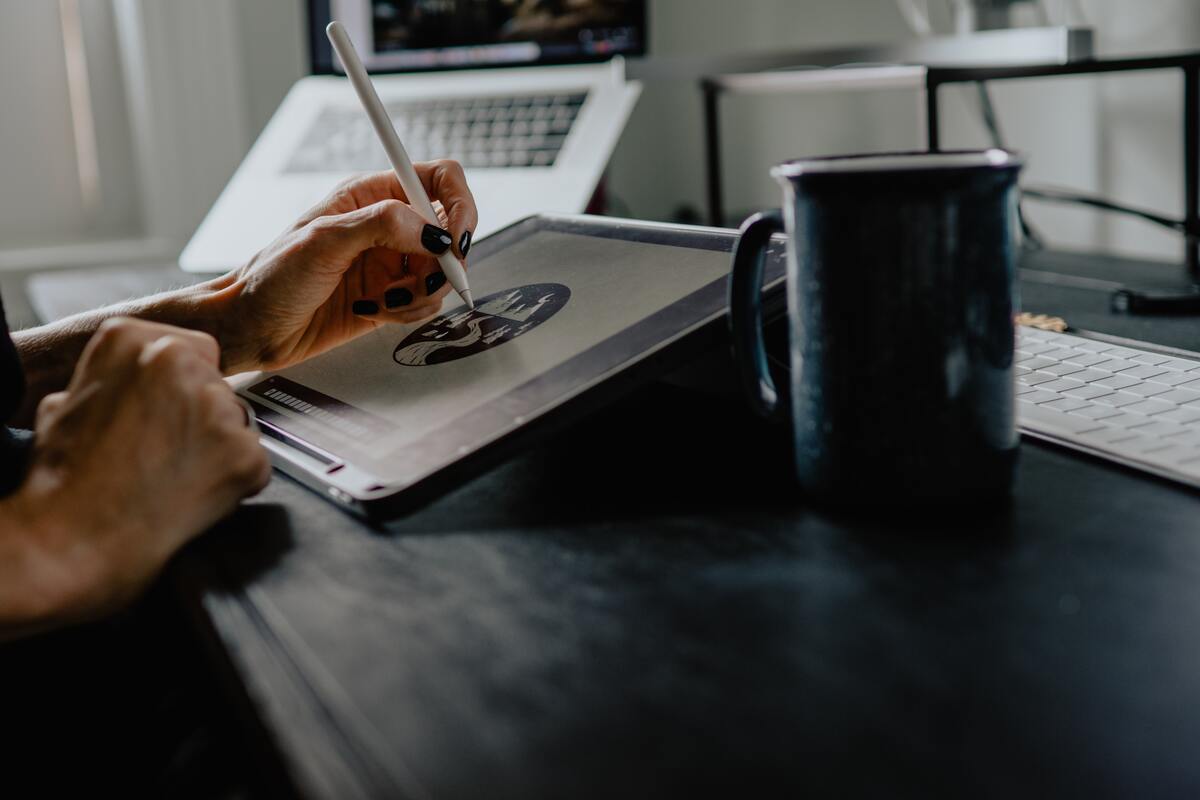
Is Graphic Designing Easy?
Although it is easy to learn graphic design, it involves creativity, a talent for art and design, time, and commitment.
Learning the essential tools and comprehending and putting design theories and principles into practice are prerequisites for graphic design.
It takes time and effort to consistently practice and develop one’s design abilities as a graphic designer.
Some people find graphic design difficult, and even seasoned designers admit that their work demands effort, consideration, and attention.
Online tutorials are one of the only sources of instruction for some graphic designers; like most subjects, graphic design is studied online.
However, most have spent several years studying graphic design at a university or training institution and have developed self-assurance and experience as junior designers before going out on their own.
How Can Graphic Design Help My Business Stand Out?
Build the marketing arsenal that will do the work for you with templates for business cards (like the Red Monochrome Concert Photos Photographic Business Card), flyers (like the Yellow Bold Text Tutor Flyer), and brochures (like the Teal Creative Trifold Brochure).
Graphic designers provide efficient designs for clients in various sectors by fusing aesthetic flair with software expertise and design principles knowledge.
Graphic design is essential to a company’s ability to convey the correct message, whether just getting started, changing course, or wanting to rebrand to reflect its current position or services better.
As well as the goods and services a company sells or offers, a brand’s visual elements can reflect its personality, mission, and values.
A graphic designer works closely with a business to define a logo, color scheme, typography, style guide, and more. It includes everything from where the logo should appear on billboards and videos to the CEO’s email signature.
A business may deliver a clear, consistent, and positive message to new and existing clients when all these components are appealing and harmonic.
What Are The Types Of Graphic Designs?
Let’s look at how graphic designers aid companies in building relationships with their clients.
There are different types of Graphic Designs
- Web Design.
- UI and Interactive Design.
- Advertising and Marketing Design.
- Motion Graphics and Animation.
- Packaging Design.
- Game Design.
- Illustration.
- Publication and Typographic Design.
- Logos and visual identity.
- Print and digital publications.
- Multimedia.
Website Design:
To develop digital media, this branch of graphic design combines technology with the established rules of composition and form.
Given that we live in a digital age, most graphic designers are proficient in print and digital design.
UX (user experience) experts are priceless when establishing a user-friendly website, but a graphic designer is essential for aesthetics.
To create a highly useful and aesthetically pleasing website, a UX specialist frequently collaborates closely with a graphic designer.
The creation of pieces with the same look and feel as the website, such as e-newsletters, email headers, and landing pages, can also be helped by a graphic designer.
Customers will understand, recognize, and respect the company more when all the designed components come together.
UI And Interactive Design:
User interface (UI) and interactive design are two disciplines that have grown in value alongside web design.
This study area is concerned with bridging the gap between complicated computing and the user experience through aesthetically beautiful forms and layouts.
Game Design:
Like user interface design and motion graphics, game design is on the cutting edge of innovation.
While navigating challenging technology and thrilling creative pursuits, working one-on-one with specialists is possible when you study game design at Berkeley College.
Publication And Typographic Design:
Designers in this sector concentrate on creating, administering, and managing visual media, frequently mass-produced.
It covers publications like books and magazines. Publication and typography designers produce unified visual media by honing their talents in typesetting, editorial layout design coordination, and printing.
Illustration:
Most artistic disciplines—especially illustration—have their roots in the drawing. Utilizing the fundamental concepts of form, color, and composition, graphic illustrators can produce visual identities, cover art, and more.
Illustration is a specialty of some designers that can provide life to anything from restaurant menus and storefronts to packaging and book covers.
Illustration graphic designers frequently have a personal aesthetic that fits nicely with particular goods or services.
Logos And Visual Identity:
Changing a company’s logo is typically necessary to modernize or reach out to new customers.
The world’s most recognizable logos are examples of imaginative graphic design.
Please think of the Nike swoosh, the Apple logo, or the McDonald’s golden arches; the bite makes it artistic rather than cartoonish.
An arrow in Amazon’s creative logo points from a to z, an arrow is used in the FedEx logo to convey speed and dependability, and Coca-logo Cola’s was created correctly back in the early 1900s.
In contrast to Coca-Cola, whose emblem has undergone virtually minimal alteration, some companies alter or entirely redesign their logos every few years.
Some corporations whose logos have undergone significant alteration over time with the aid of creative graphic designers are Pepsi, Volkswagen, Shell, and Audi.
Packaging:
Product packaging is everywhere, from the food we consume to the gadgets we purchase. A profession in packaging design allows you to use the inventiveness and branding techniques of advertising together with the practicalities of production, 3D mockups, and printing.
And be sincere: To what extent did the packaging affect your shopping choices? Packaging may instantly convey to consumers whether a product is premium, trendy, or nutritious.
The following time you open the fridge, peek inside with an eye for packing. The labels you see on that yogurt container, wine bottle, or block of cheese have been carefully considered.
Kids like bright colors, cartoon figures, and big text, whereas adults with refined tastes may choose the standard font, subdued colors, and lots of white space.
Another packaging can be designed to foster a sense of trust. A pack of face masks, for example, needs to be all about hospital-grade hygiene to successfully connect with consumers concerned about their health, so a simple, clinical design that highlights the protective benefits of the product inside is typically the way to go.
Marketing And Advertising:
Most businesses worldwide rely on visual advertising and marketing to build an internal brand or draw in clients.
The work of a graphic designer can continue after the creation and approval of the logo, branding, and website.
As a business tries to expand and reach new audiences, graphic designers also excel at producing materials for marketing and advertising campaigns.
It is possible to create a social media post, a poster, an online advertisement, a video advertisement, a billboard, and an entire bus with the help of a great graphic designer.
Print And Digital Publications:
Many print magazines are available in every category, from travel and lifestyle to specialized trade journals, even if they no longer dominate the publishing industry.
As most magazines have an online presence, graphic designers must marry the aesthetics of longstanding print publications with websites, e-newsletters, or even online shopping carts.
Motion Graphics And Animation:
It covers all aspects, from font to imagery and everything in between. Motion graphics and animation, a still-emerging area of graphic design, offer fascinating chances to combine technical and creative abilities.
Multimedia:
Video consumption is increasing as our methods of obtaining information change quickly. Graphic designers are increasingly needed for anything from home page videos to interactive info graphics, moving banner ads, and social media posts incorporating video, text, and effects.
Measuring audience engagement has never been simpler, and professional designs make connecting with a target audience easier.
Regardless of how quickly trends change, a graphic designer’s objective is to create visual assets that communicate a brand’s message and elicit an emotional response from the audience.
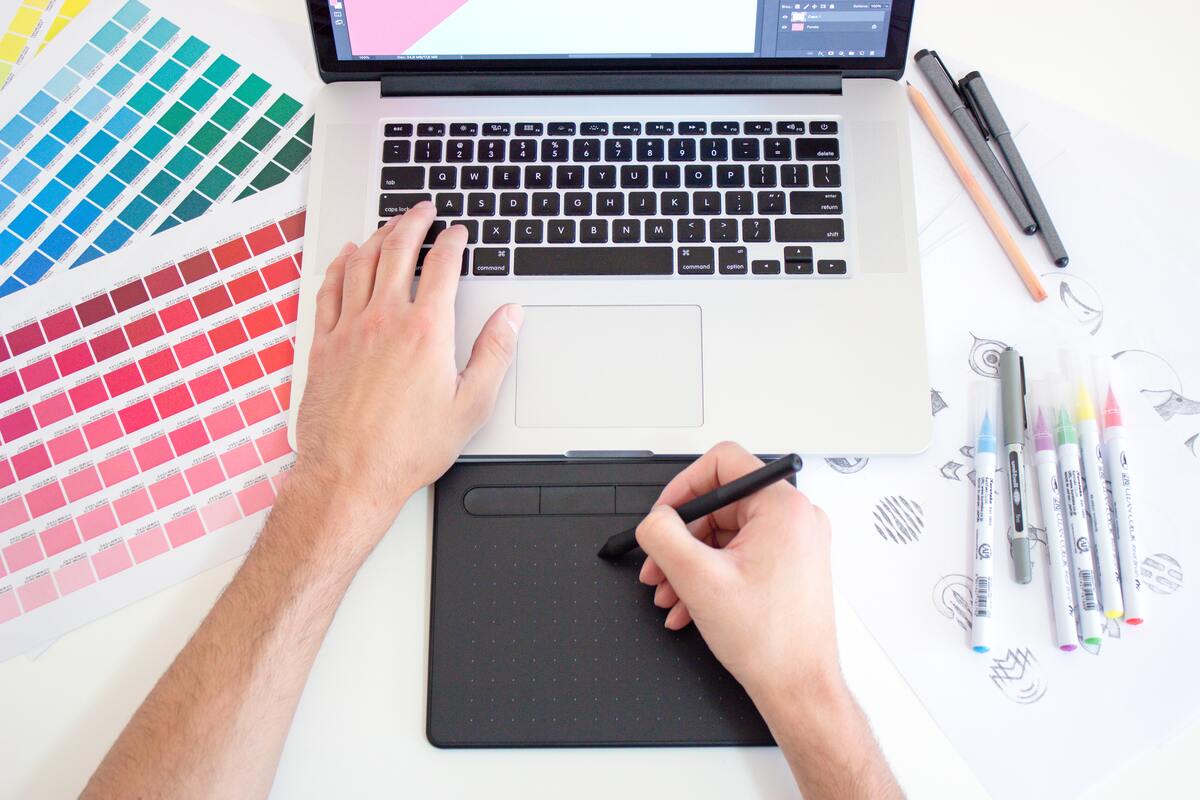
What Is The Difference Between A Good Graphic Design and vs. Bad Graphic Design?
A well-designed product strongly emphasizes its utility while ignoring any potential drawbacks. Bad design is imprecise, confusing, challenging to use, and short-duration.
The difference between good and bad graphic design is that the former is simple and direct. For the optimum user experience, every design aspect is harmonious.
The bad design is fairly obvious. A terrible color scheme on a website, an extravagant design that doesn’t meet user needs, or a feature that ruins the user experience could all be to blame.
The design typically has to adhere to a set of objectives and restrictions, may take into account economic, social, or political factors, and is anticipated to interact with a certain environment.
A smart designer would know how to choose a color scheme and use it in a unique combination, not to mention the visual aspect.
Why Does Finding The Right Graphic Designer Matter?
Hire a skilled graphic designer to help give your business a personality so that clients will remember you while effectively using digital marketing. It will help you make a fantastic first impression.
The objective is to provide visual materials that align with your company’s character, values, and objectives.
Good designers can describe how they will fulfill the brief while sticking to well-known design principles by asking numerous questions to ensure they know the desired results.
Graphic designers vary greatly from one another. The best graphic designers possess more than simply artistic talent and technological know-how.
They take the time to learn about each client’s industry and research how to develop marketing materials that appeal to each client’s target market.
You may repeatedly utilize a designer’s services if you can find one you can trust and who truly “gets” your company and what it wants to accomplish.
The best graphic designers can help their customers find new audiences by advising them on the best marketing, sales, and business development techniques.
You and your designer must work together easily and effectively for your relationship to succeed in business.
Remember that some graphic designers are experts in one or more disciplines, while others are all-rounders who enjoy variety.
Having more than one designer in your toolbox may be preferable if you find a wonderful designer with whom you get along well. Still, you need a design job performed outside their specialization.
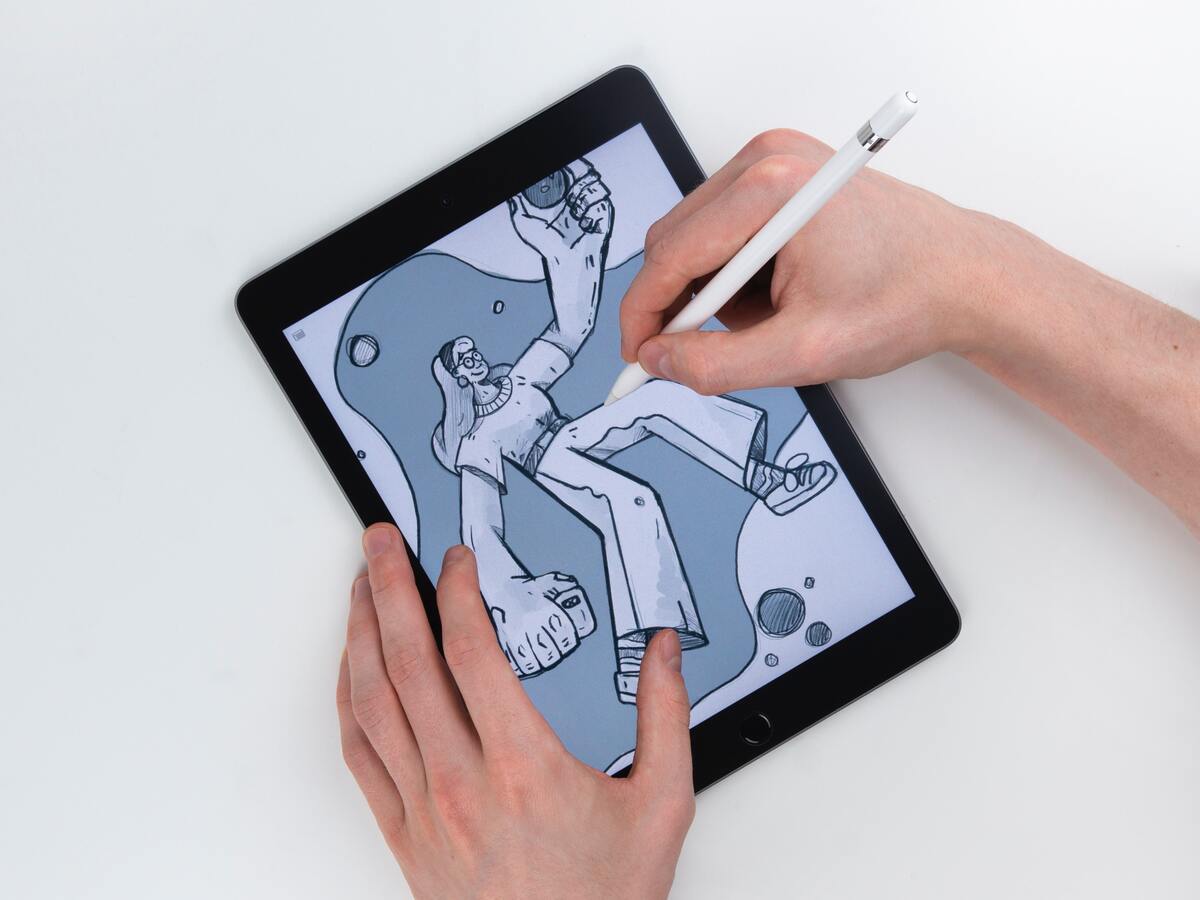
How Do I Hire A Graphic Designer?
There are numerous websites where you can hire a competent graphic designer for your project.
You can choose any graphics designer according to your needs and requirements. Each graphics designer has different abilities.
They charge according to their work, or it depends on the nature of the project they are doing.
The hourly rates for graphic designers range from $15 to $150, with an average of roughly $25.
It changes daily as multiple businesses try to approach them to work for them.
Before hiring a graphics designer, make sure to check his portfolio. Ask for their experience of work. Anything you want to ask them.
Conclusion:
Graphic designing is a vast field. You can make banners, logos, etc. you can also do typography.
There are multiple tools to perform the designing tasks. Different elements to help you out are also included.
A good graphic design portrays a message in a way that the viewer cannot resist watching the design interestingly.
A bad graphic design needs to be more catchy, so the viewer can tell immediately that this design is not worthy.
No one will ever buy that design just because that is not appealing. It matters when you are going to hire someone to work for you.

